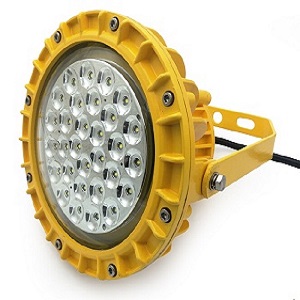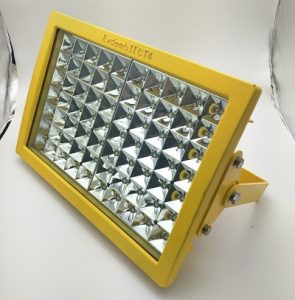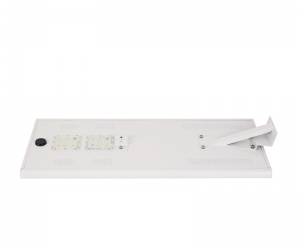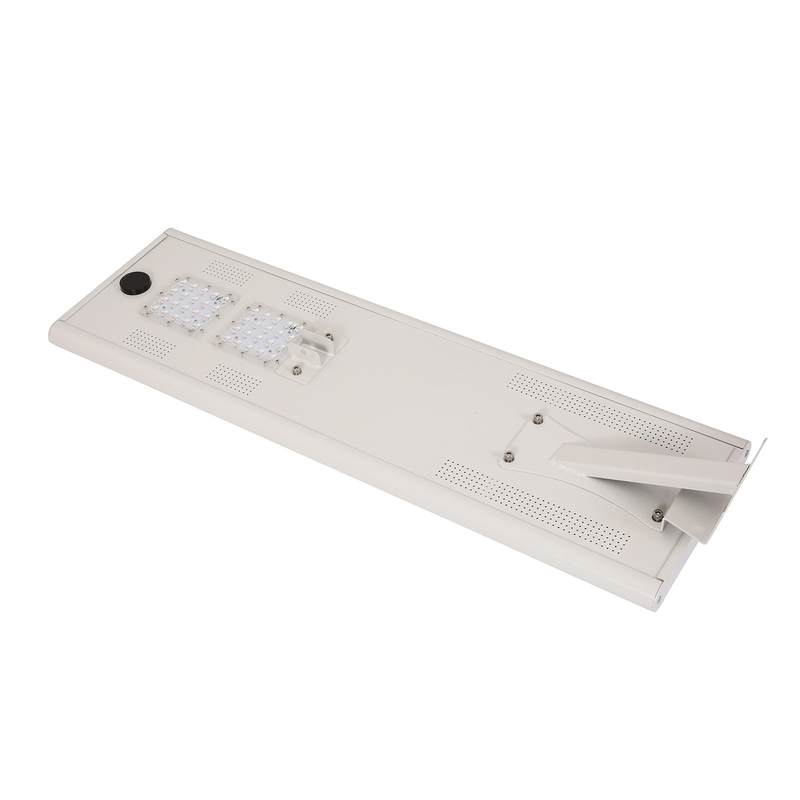What are difference between gas proof lamp and ordinary LED lights?
|
It is well known that in places where flammable gases and dust are present, if an open flame or static electricity is encountered, it may cause an explosion. The most dangerous explosion occurred at night because there were so many lights needed at night. In order to prevent a huge danger from happening, the gas proof lamp was born. Compared with ordinary LED lights, gas proof lamp have different aspects in terms of light source, lamp structure, electronic circuit design, heat dissipation, etc.
Electricity refers to the electronic circuit design of the gas proof lamp and the external grid compatible design. Flame proof lighting are mainly used in the field of industrial lighting. The requirements for electricity are very special. There are special requirements for the voltage and current ranges of the input and output of the lamps, and the applicability of the voltage fluctuation range of the industrial power grid is very high. Self-clearing electrostatic function; whether the electrical performance of the flame proof lighting is stable and meets the requirements, and is closely related to its own structural design, optical design and heat transfer design; Heat is mainly about heat transfer and heat dissipation. There are three ways of heat transfer: heat conduction, heat convection, and heat radiation. The temperature requirements of the flame proof lighting on the surface are very high, and must not exceed the relevant industry standards. Otherwise, it will affect the lighting safety problems in special fields, so it is essential for the control of heat. On the one hand, the heat conduction of LED light sources and electronic components is required. On the other hand, it is necessary to strictly control the temperature of the surface of the luminaire. At this time, how to integrate optical design, electronic design, and structural design to achieve the best state is very technical. |
-
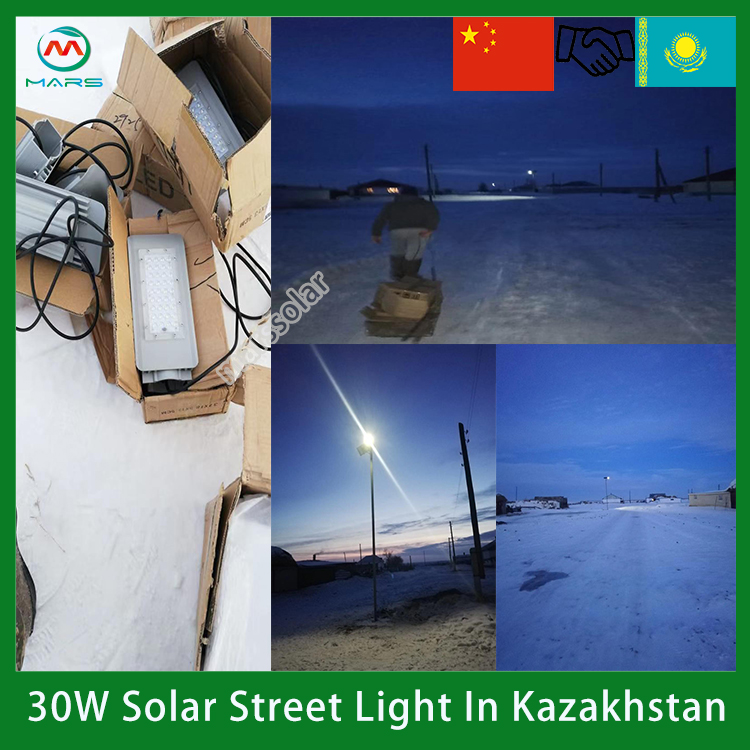 How To Choose Smart Solar Street Lamp Manufacturer?MARS SOLAR have 10+years solar street lamp manufacturer experience,manufacture street solar led lights.More than 3000 successfully cases have installed in 130+countries.More information,pls contact us diretly!
How To Choose Smart Solar Street Lamp Manufacturer?MARS SOLAR have 10+years solar street lamp manufacturer experience,manufacture street solar led lights.More than 3000 successfully cases have installed in 130+countries.More information,pls contact us diretly!Do you like ?0
Read more -
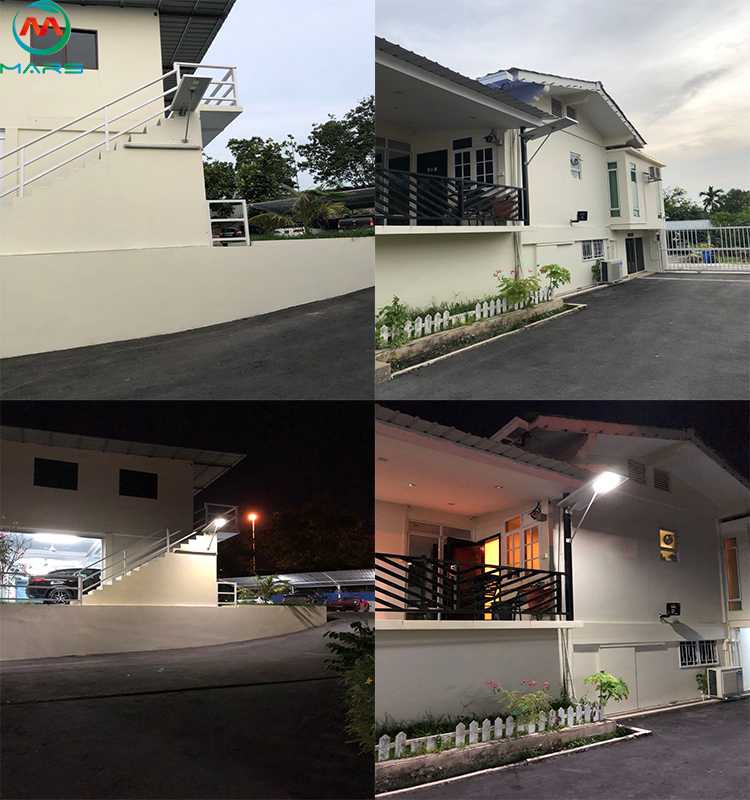 City Street Lights And Solar Parking lights, Which one Is More Suitable For Rural Lighting?MARS SOLAR have 10+years led solar light manufacturers experience,manufacture solar parking lights.More than 3000 successfully cases have installed in 130+countries.
City Street Lights And Solar Parking lights, Which one Is More Suitable For Rural Lighting?MARS SOLAR have 10+years led solar light manufacturers experience,manufacture solar parking lights.More than 3000 successfully cases have installed in 130+countries.Do you like ?0
Read more -
 The Inside Story Of The Price Of Solar Lamp Post Lights Was ExposedMARS SOLAR have 10+years solar street lamp manufactruers experience,manufacture solar lamp post lights.More than 3000 successfully cases have installed in 130+countries.More information,pls contact us directly!
The Inside Story Of The Price Of Solar Lamp Post Lights Was ExposedMARS SOLAR have 10+years solar street lamp manufactruers experience,manufacture solar lamp post lights.More than 3000 successfully cases have installed in 130+countries.More information,pls contact us directly!Do you like ?0
Read more -
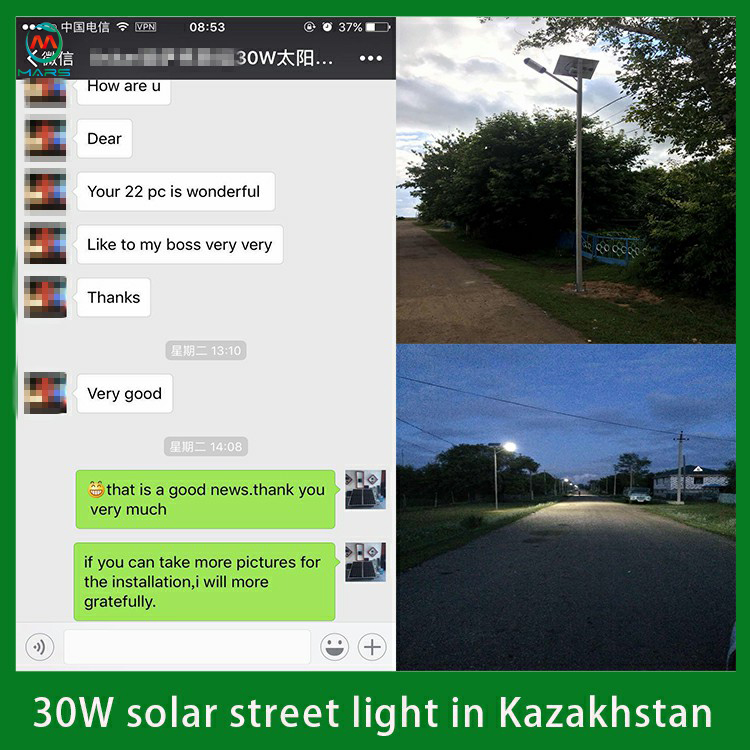 How To Set The Distance Between Solar Street Light Pole?MARS SOLAR have 10+years solar street light manufacturer experience,manufacture solar street light pole.More than 3000 successfully cases have installed in 130+countries.
How To Set The Distance Between Solar Street Light Pole?MARS SOLAR have 10+years solar street light manufacturer experience,manufacture solar street light pole.More than 3000 successfully cases have installed in 130+countries.Do you like ?0
Read more -
 What Are The Benefits Of Using Solar Energy For Solar Post Lights?MARS SOLAR have 10+years solar street lamp manufacturer experience,manufacture solar post lights.More than 3000 successfully cases have installed in 130+countries.
What Are The Benefits Of Using Solar Energy For Solar Post Lights?MARS SOLAR have 10+years solar street lamp manufacturer experience,manufacture solar post lights.More than 3000 successfully cases have installed in 130+countries.Do you like ?0
Read more -
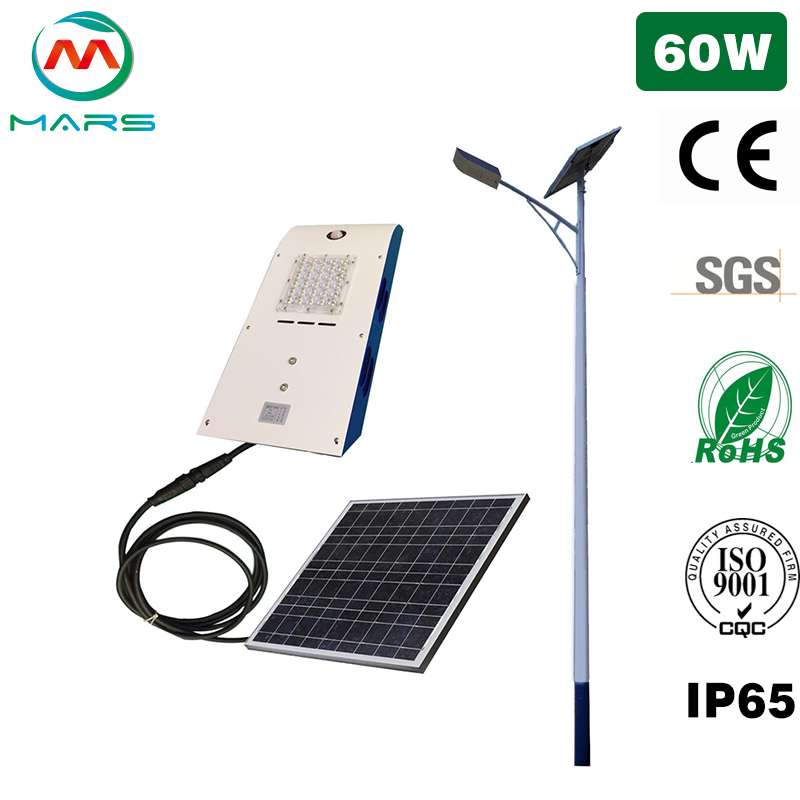 What Is The Power Generation Efficiency Of Led Solar Street Light 60W?MARS SOLAR have 10+years solar street light manufacturer,manufacture led solar street light 60w.More than 3000 successfully cases have installed in 130+countries.More information,pls contact us directly!
What Is The Power Generation Efficiency Of Led Solar Street Light 60W?MARS SOLAR have 10+years solar street light manufacturer,manufacture led solar street light 60w.More than 3000 successfully cases have installed in 130+countries.More information,pls contact us directly!Do you like ?0
Read more

